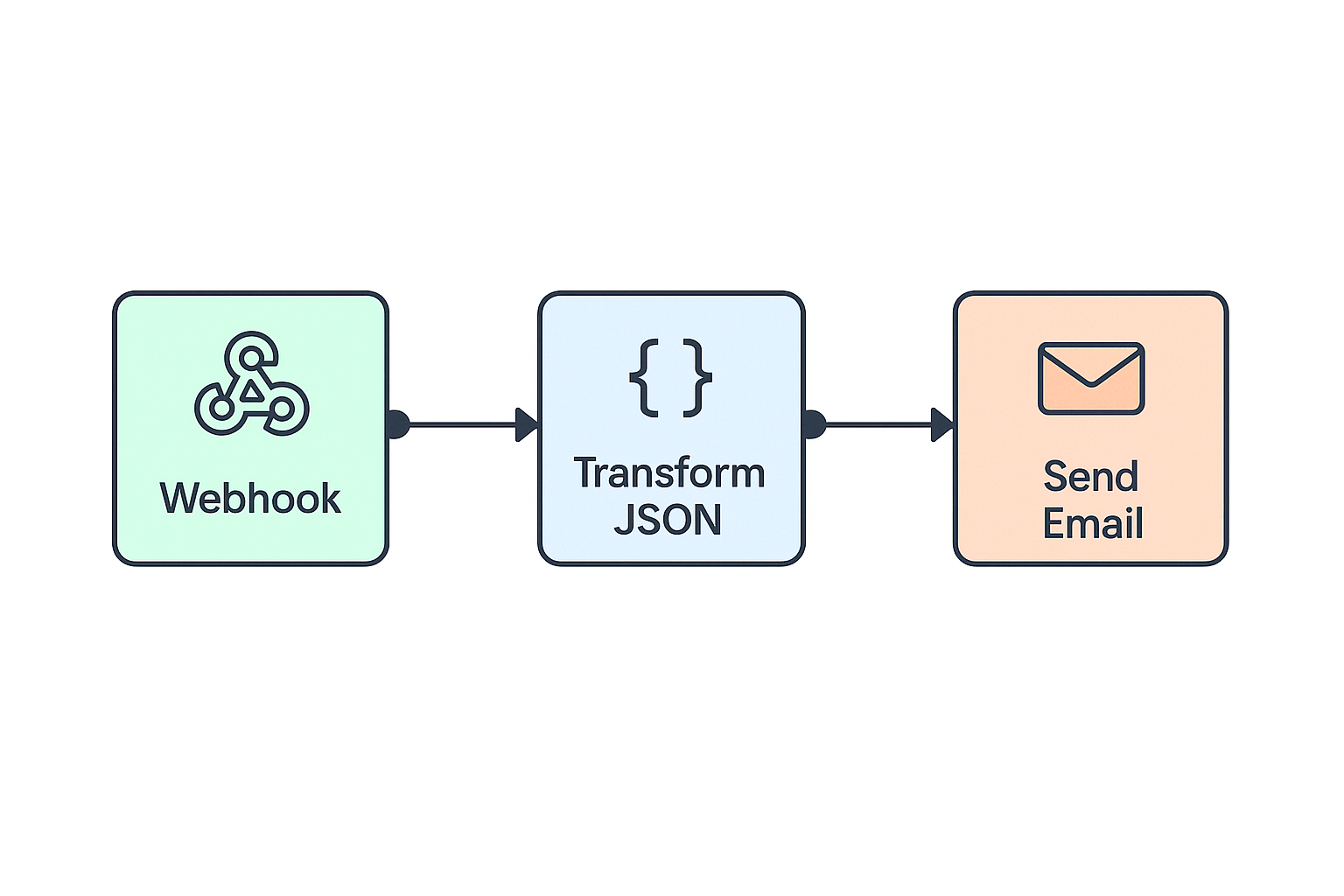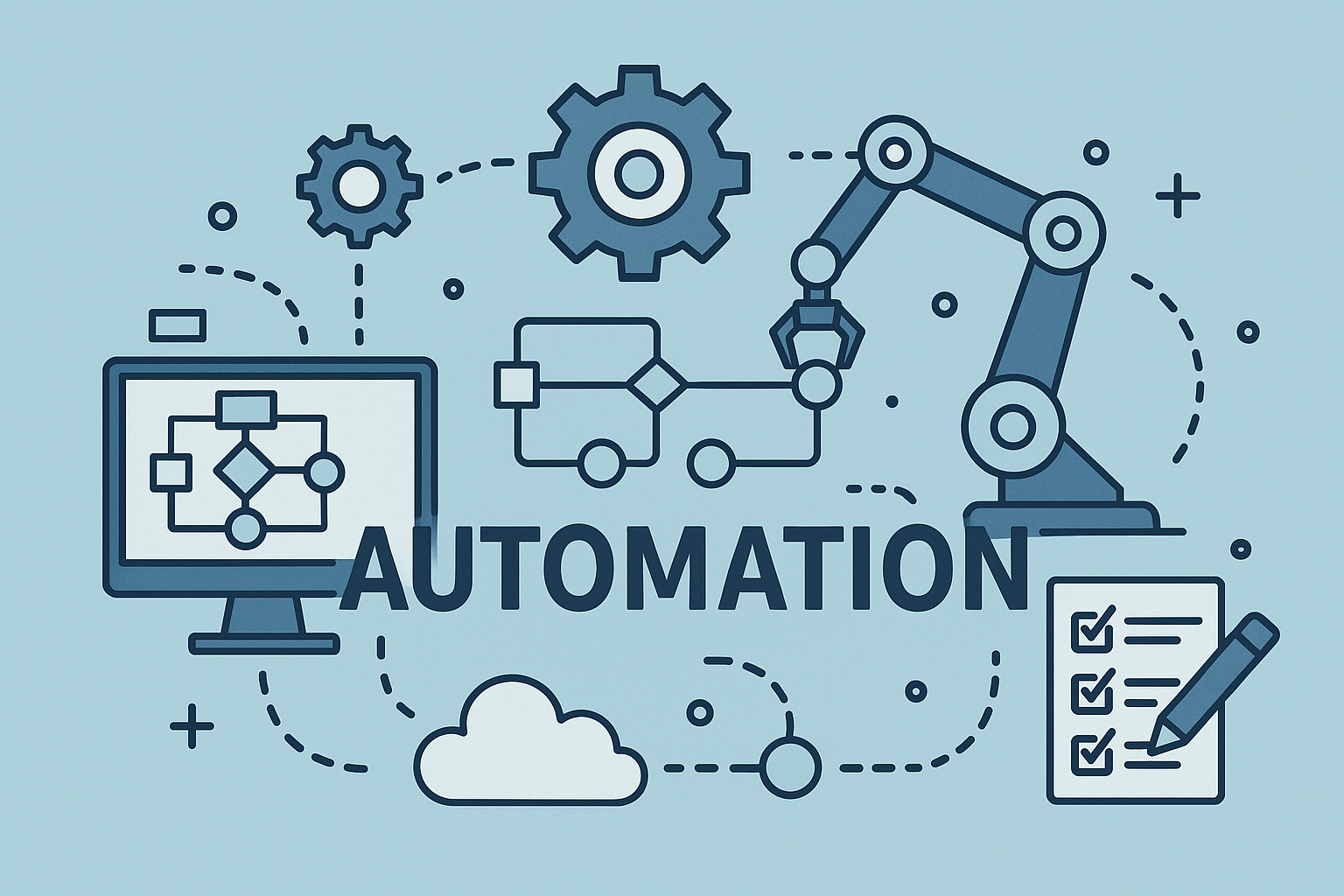Monitoring evolution: simple checks to observability
Uptime monitoring has evolved from basic “is it up?” pings into today’s observability stacks that track metrics, logs, and traces. For small teams, the challenge is deciding how much complexity is necessary.
- Phase 1: Cron jobs + curl. Minimal but fragile.
- Phase 2: Managed uptime services (UptimeRobot, Pingdom). Easy, affordable, but limited.
- Phase 3: Self-hosted observability (Prometheus, Grafana, Alertmanager). Powerful but requires ops maturity.
- Phase 4: Full observability—metrics, logs, traces integrated.
The right layer depends on team size, budget, and SLA expectations.
Basic uptime monitoring: curl scripts and cron jobs
The simplest form of monitoring:
#!/bin/bash
if ! curl -fsS https://example.com/health; then
echo "Site down!" | mail -s "Alert" ops@example.com
fi
Run via cron every minute or five.
Writing reliable health check endpoints
- Create a
/healthor/readyendpoint returning 200 OK only if critical dependencies are up. - Include DB/cache checks, not just “webserver alive.”
- Return lightweight JSON:
{ "status": "ok", "db": true, "cache": true }
Notification strategies that actually work
- Email → simple but often ignored.
- SMS/Slack/Telegram → faster, actionable.
- Avoid spamming: only alert on persistent failures (e.g., 3 consecutive fails).
Managed solutions: UptimeRobot, Pingdom, StatusCake
Managed uptime services offload monitoring infra and add global checks.
- UptimeRobot: Free tier (50 monitors, 5-min checks). Cheap upgrades.
- Pingdom: Enterprise-grade, detailed RUM + SLA reporting.
- StatusCake: Mid-tier option, strong alerting integrations.
Pros: zero setup, multiple global locations.
Cons: limited customization, recurring subscription costs.
Best fit for startups needing external validation + cheap status pages.
Prometheus + Grafana: self-hosted monitoring power
For teams ready to scale, Prometheus provides flexible time-series monitoring with Grafana dashboards.
Setup complexity vs feature richness
- Setup: Requires infra (VM, Docker, Kubernetes).
- Features: Custom metrics, scraping exporters (Node Exporter, Blackbox Exporter).
- Grafana adds rich dashboards and query flexibility.
Compared to managed solutions, Prometheus = more control but more ops burden.
Alert manager configuration and integration
Prometheus integrates with Alertmanager:
- Route alerts by severity (SEV-1 → PagerDuty, SEV-3 → Slack).
- Silence rules to reduce noise.
- Escalation policies ensure someone always owns the incident.
Example rule:
groups:
- name: uptime
rules:
- alert: ServiceDown
expr: probe_success == 0
for: 1m
labels:
severity: critical
annotations:
description: "Service {{ $labels.instance }} is down"
Modern observability: metrics, logs, traces integration
Uptime checks are only one piece of the puzzle:
- Metrics: CPU, memory, error rates (Prometheus, Datadog).
- Logs: ELK, Loki, Papertrail.
- Traces: OpenTelemetry, Jaeger.
Modern observability = linking uptime alerts to root cause with logs/traces.
Alerting fatigue: sustainable notification strategies
Tiny teams risk burning out if alerts are noisy. Principles:
- Prioritize SEV-1 alerts → only page humans when urgent.
- Batch non-critical alerts into daily summaries.
- Escalation policies: rotate on-call to avoid one-person overload.
Status pages: communication during outages
Transparency builds trust. Use public status pages:
- Instatus, Statuspage.io, Better Uptime.
- Update automatically from monitoring tools.
- Communicate incident detected → mitigation → resolved.
A clear status page reduces customer support load during outages.
Cost optimization: monitoring budget allocation
- Basic: Free curl + UptimeRobot → $0–10/month.
- Growing startup: UptimeRobot Pro or StatusCake → $20–50/month.
- Scaling teams: Prometheus + Grafana (infra ~$50–200/month).
- Enterprise: Datadog/New Relic → $500+/month.
Pick based on SLA obligations + risk of downtime.
Monitoring the monitors: meta-reliability considerations
Even monitors can fail. Safeguards:
- Use multiple providers (UptimeRobot + self-hosted Prometheus).
- Cross-verify downtime before paging humans.
- Store monitoring logs separately to prevent “all blind” outages.
Conclusion
Monitoring isn’t one-size-fits-all.
- Curl + cron: best for early prototypes.
- Managed uptime services: ideal for startups scaling with low ops overhead.
- Prometheus + Grafana: power for teams ready to manage infra.
- Observability stacks: necessary when uptime alone doesn’t explain failures.
The journey is progressive—build only as much as you need, but design for growth.
FAQs
Is Prometheus overkill for a 3-person startup?
Yes, unless you already run Kubernetes. Managed uptime tools are simpler.
Can free UptimeRobot replace paid tools?
For small apps, yes. For SLA-driven businesses, paid tiers add reliability and reporting.
How do I avoid alert fatigue?
Set severity levels, suppress transient alerts, and rotate on-call duty.


